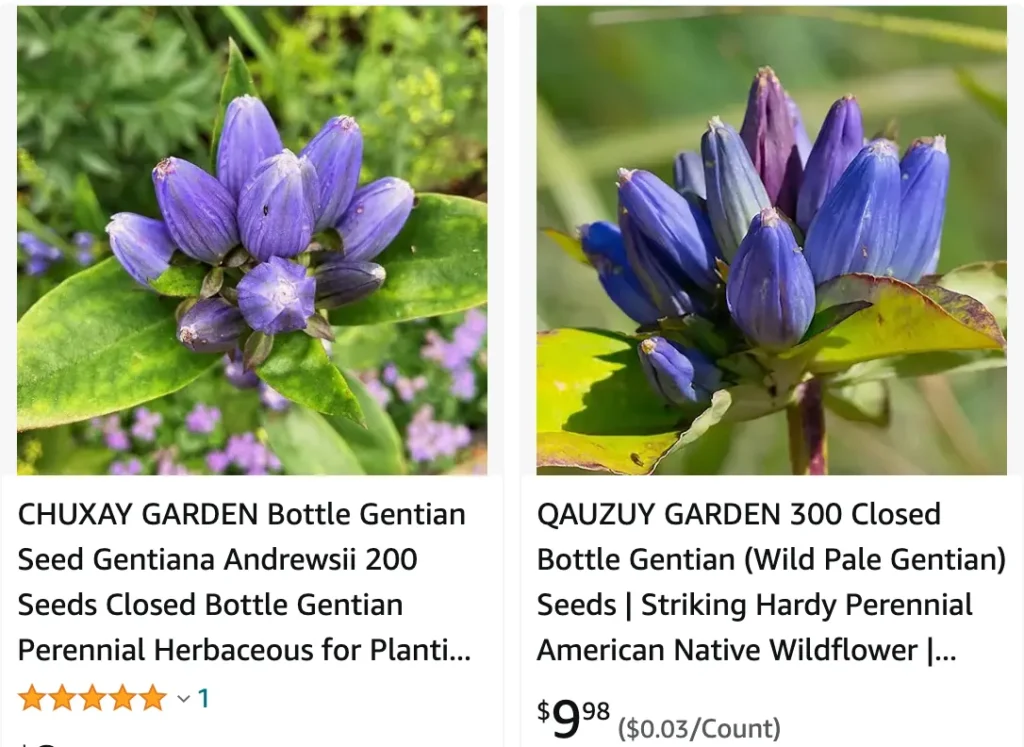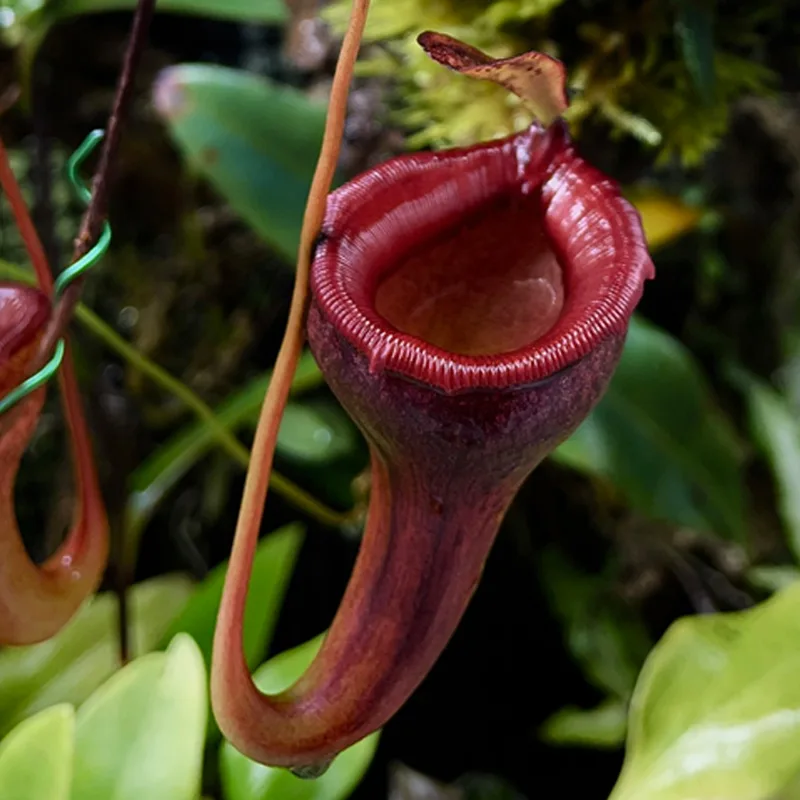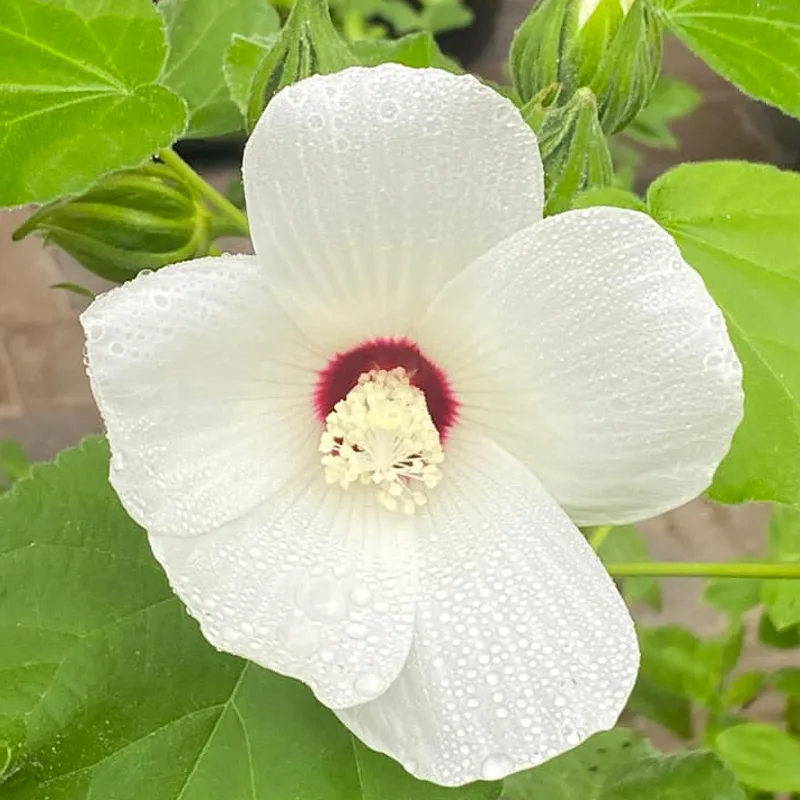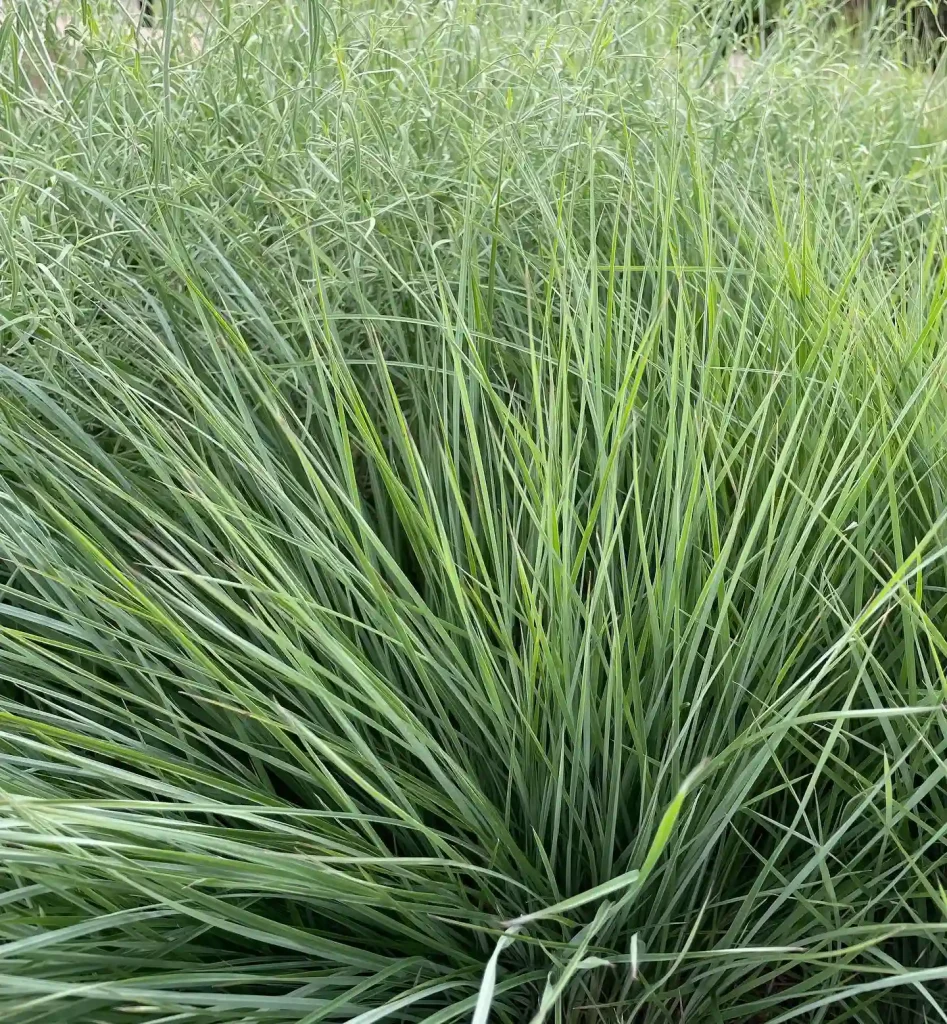
Gentiana Clausa: The Alluring Bottle Gentian
For plant enthusiasts like myself, Ferb Vu, the captivating Gentiana Clausa, also known as the Bottle Gentian, is a continual source of intrigue. This unique flowering plant boasts an otherworldly charm, and with its specific needs and captivating characteristics, it often sparks a flurry of questions.
Here, I’ll address some of the most common inquiries surrounding the Gentiana Clausa, hoping to unveil its secrets and equip you with the knowledge to cultivate this gem in your own garden.
356 Species in Genus Gentiana
What Makes the Bottle Gentian Special?
Unlike its flamboyant floral counterparts, the Bottle Gentian possesses a subtle elegance. Its most striking feature is the cluster of small, trumpet-shaped blue flowers that remain tightly closed, resembling miniature bottles. This unique characteristic is where the “Bottle” in its common name originates.
But the magic doesn’t stop there. The Gentiana Clausa boasts a symbiotic relationship with bumblebees. Only these robust insects possess the strength to pry open the sealed flowers, gaining access to the nectar within and facilitating pollination in the process. This fascinating partnership adds another layer of wonder to this captivating plant.
Gentiana Clausa vs Gentiana Andrewsii
From my experience, Gentiana clausa’s tightly closed flowers create a more mysterious and intriguing garden presence compared to Gentiana andrewsii, whose slightly open blossoms seem to invite a closer look and appreciation of their intricate beauty.
How to care for Gentiana Clausa?
While the Bottle Gentian is undeniably enchanting, it’s not for the faint of heart. This delicate flower requires specific conditions to thrive. Here’s a breakdown of the key aspects to consider:
- Light: The Bottle Gentian prefers a balance. While it appreciates ample sunlight, it can also tolerate partial shade. Harsh afternoon sun can be detrimental, so consider planting it in a location that receives dappled sunlight throughout the day.
- Soil: Well-draining, slightly acidic soil is paramount. Amending your existing soil with a mixture of loam and sand can create the ideal environment for healthy root growth.
- Watering: Consistent moisture is crucial, but avoid overwatering. Aim for the soil to feel slightly moist to the touch, but not soggy. Using room temperature, filtered water is recommended, as tap water can contain minerals that can harm the plant.
- Temperature: The Bottle Gentian thrives in cooler climates. USDA Hardiness Zones 3 to 9 are generally considered ideal.
- Fertilizer: While not strictly necessary, a light application of a balanced fertilizer during the spring growing season can provide a gentle boost.
Remember: Patience is key. The Bottle Gentian can take several years to establish itself and produce its captivating blooms.
How big does the Bottle Gentian get?
The Bottle Gentian is a compact plant, typically reaching heights of 6 to 12 inches and a spread of 8 to 12 inches. Its size makes it a perfect addition to rock gardens or borders.
When do Bottle Gentians bloom?
The blooms of the Bottle Gentian typically appear in late summer or early fall, gracing your garden with their unique beauty for several weeks.
Can I grow Bottle Gentians from seed?
Yes, you can propagate Bottle Gentians from seed. However, the process can be slow and requires careful attention to temperature and moisture levels. Purchasing established plants from a reputable nursery might be a more convenient option for many gardeners.
Are Bottle Gentians poisonous?
Yes, all parts of the Bottle Gentian are considered toxic. Exercise caution and keep it out of reach of children and pets.
The Bottle Gentian vs. Other Gentians
The Gentiana genus boasts over 400 species, each offering unique characteristics. Here’s a brief comparison of the Bottle Gentian with two other popular varieties:
- Gentiana Macrophylla (Large-leaved Gentian): This variety boasts larger, trumpet-shaped flowers that open fully, unlike the Bottle Gentian’s closed buds. It also prefers consistently moist soil.
- Gentiana Scabra (Rough Gentian): This showier Gentian features bright blue, open flowers with prominent yellow stamens. It tolerates a wider range of soil conditions compared to the Bottle Gentian.
By understanding the differences between these Gentian varieties, you can make an informed decision about which one would be the perfect fit for your garden.
In Conclusion
The Bottle Gentian, with its captivating charm and specific needs, offers a unique challenge for plant enthusiasts. But for those willing to invest the time and care, it rewards them with a truly captivating addition to their garden. So, if you’re looking for a plant that sparks conversation and adds a touch of mystery to your outdoor space, the Bottle Gentian might just be the perfect choice.
If i die, water my plants!



